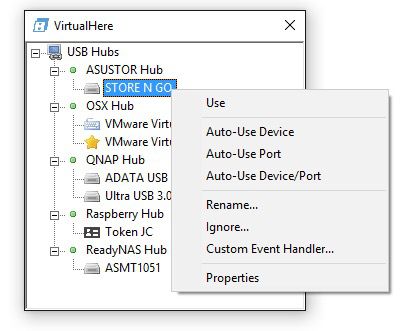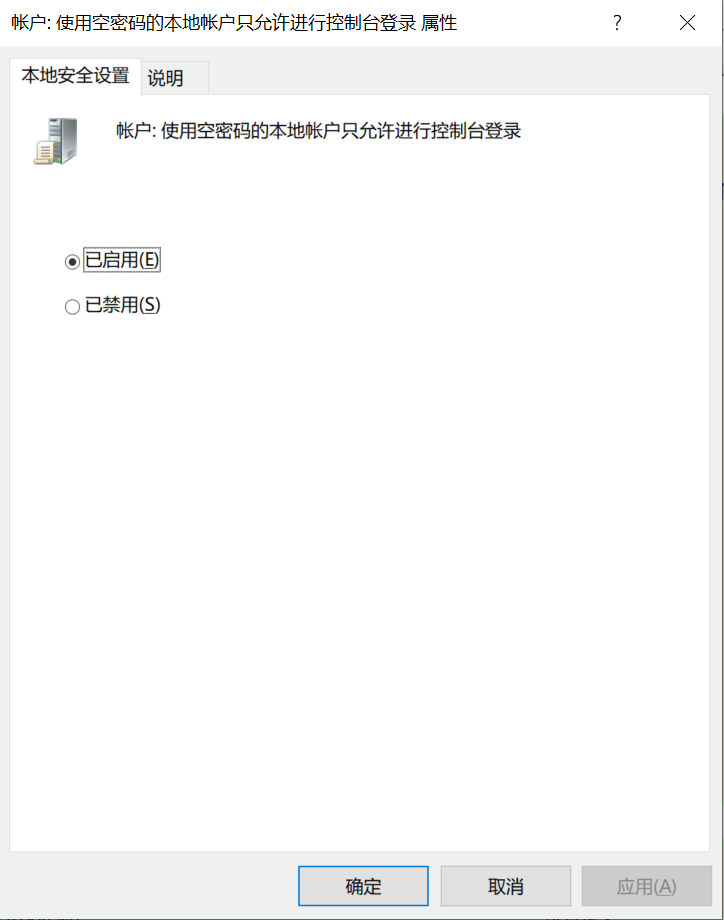

If you're looking for feature comparisons, check out Compare the clients: features.A RemoteFX-capable client (Remote Desktop Connection 7.1 or later) A virtual machine hosted on a RemoteFX host (Windows 7 SP1 or later) Enabling RemoteFX USB redirection on the clients In order to redirect USB devices from a given machine, the RemoteFX USB redirection feature must be enabled. They do not support redirecting native printer drivers. *For printer redirection - the macOS app supports the Publisher Imagesetter printer driver by default. Other redirection (devices, etc.) Redirection If you need more information about using your USB device in remote scenarios, talk to the device manufacturer. Also, make sure the drivers are certified to run in remote scenarios. For the devices to work as expected, you must make sure to install their required drivers on both the endpoint and host. When you enable USB port redirection, all USB devices attached to USB ports are automatically recognized in the remote session. *View the list of supported input devices for the Remote Desktop iOS client. If your remote desktop or apps are managed by your organization, your admin can enable or disable redirections through Group Policy settings or RDP properties. If you remote into your personal desktop, there are additional redirections that you can configure in the Additional Settings for the session. These tables cover the redirections that you can access once in a remote session. The following tables compare support for device and other redirections across the different clients. Do they all do the same thing? Here are the answers to those questions.

We're often asked how the different Remote Desktop clients compare to each other. Applies to: Windows Server 2022, Windows 10, Windows 8.1, Windows Server 2019, Windows Server 2016, Windows Server 2012 R2


 0 kommentar(er)
0 kommentar(er)
